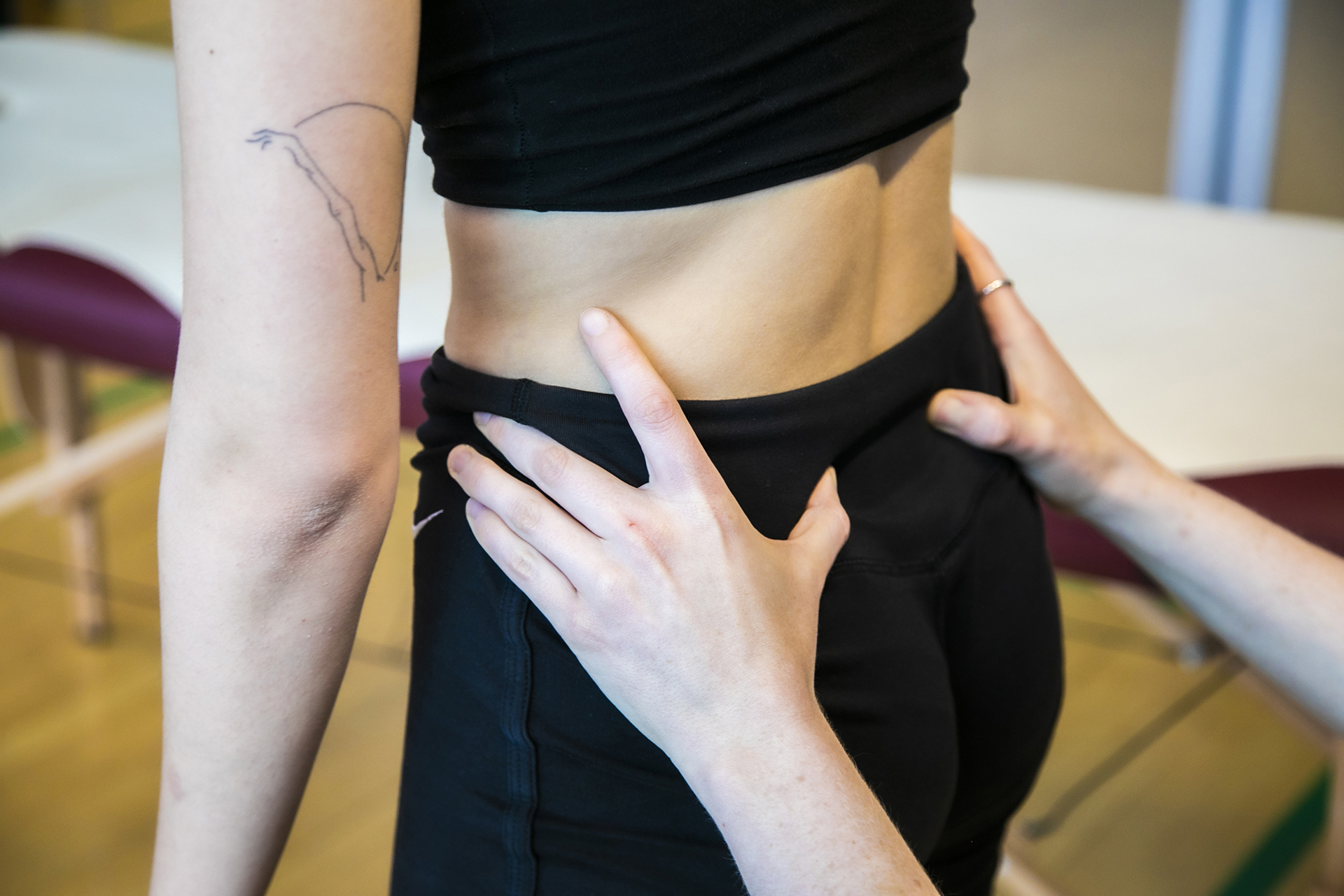A Pilates instructor
helps their students increase strength, flexibility and stability, improve their coordination, release stress and improve posture.
What you need to do to work towards this role
Pilates develops body awareness – improving and changing postural and alignment habits and increasing flexibility and ease of movement. The basics are based upon a thorough understanding of the human anatomy and teachers use this information to create a personalised exercise programme for their clients.
Osteopaths, physiotherapists and GPs all recommend Pilates as one of the safest forms of exercise – beneficial for general fitness and body awareness, pregnancy, injury prevention and rehabilitation work. It can also improve technique for athletes and dancers. Pilates helps students increase strength, flexibility and stability, improve their coordination, release stress and improve posture.
Next steps
Teacher trainee applicants should have a previous background in exercise and/or movement and have completed a minimum of 25 Pilates sessions, in a studio, prior to starting their training. Final acceptance will be based on their background, their own physicality and physical knowledge of the exercises, and an interview to determine their commitment to, and passion for, the work.
The training period is 18 to 24 months and a minimum of 1200 hours is required before taking the Pilates Foundation UK Exam.
